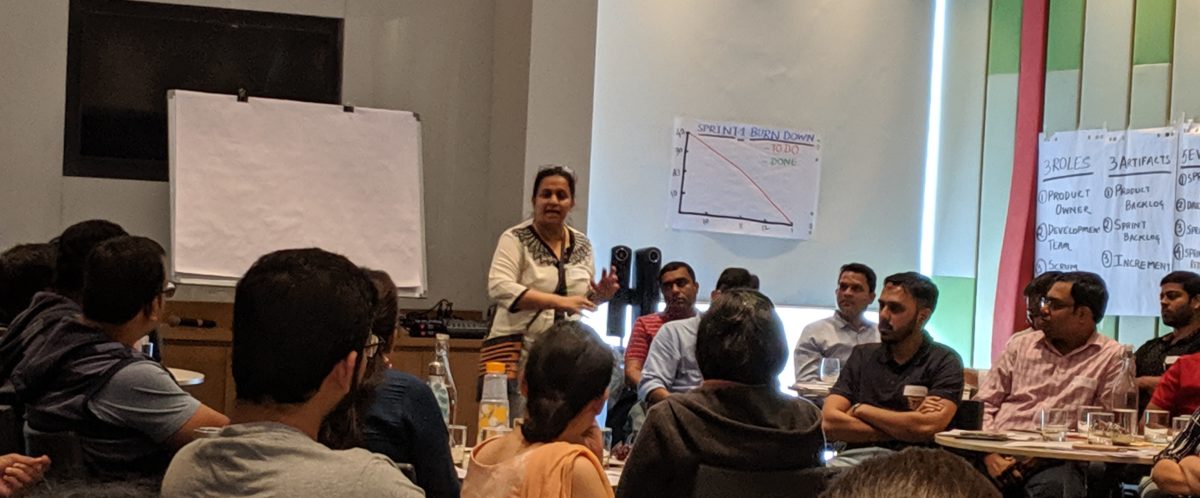Following are some of my learning from handling retrospectives with Distributed Teams.
- Build trust: The Scrum Master needs to develop a sense of trust and honesty within the team, which in turn will lead to a wider degree of openness.
- Reduce effects of distance: The facilitator of a distributed retrospective needs to understand the cultural differences in the team. The Scrum Master needs to understand how different cultures interact when they want to change something or have issues they want to talk about that can help the facilitator encourage participation from all team members.
- Set expectations: The facilitator, for distributed teams, should talk to the team ahead of the first retrospective and explain the expectations for the retrospective.
- Understand the team members’ personalities: Teams have a different combination of personalities, and the facilitator of the retrospective needs to understand the personalities of team members to lead the meeting effectively.
- Respect cultural differences: The Scrum Master needs to make sure cultural difference should not be taken lightly during the retrospective meeting in distributed teams.
- Ask for comments before the retrospective meeting — what went well and what can we improve? Ask the team for comments about issues or problems they noticed since the previous Sprint retrospective and summarize them for team discussion. The result is still an action plan the team needs to change or continue in the period until the next retrospective.
- Provide questions to focus the discussion: In a distributed setup, team members respond to a set of questions developed or selected by the team. The purpose is to focus on a few issues and address them effectively instead of trying to address a lot of issues and address them poorly.
- Discuss reported issues: During the retrospective, the team reviews the reported issues and, if others feel strongly enough, the team addresses them, creates action plans, and logs them as actions they will revisit in later sprint retrospectives to evaluate their success.
- Effective and overlapping retrospective meeting timings: To be effective and timely, distributed teams should call joint retrospectives as soon as possible after having their own team meeting. Depending on the number of teams involved in a joint retrospective, teams may want to limit the number of participants from each Scrum team to keep the meeting productive.
- Hold joint retrospectives: The distributed teams working together will conduct their individual sprint retrospectives at the end of each sprint and then will conduct a joint retrospective. The benefit of this approach is that it promotes communication between the various teams involved in a project.
- Conduct milestone-based larger retrospectives: Distributed team members should reflect and comment on release quality and capability. The team defines and records the various milestones within the project to improve on or continue in future releases.
- Release retrospectives: The team talks about the project, then defines and records the milestones in the project, like initial training, team formation, stand-up meetings, start of development, middle of release, deployment, etc.
